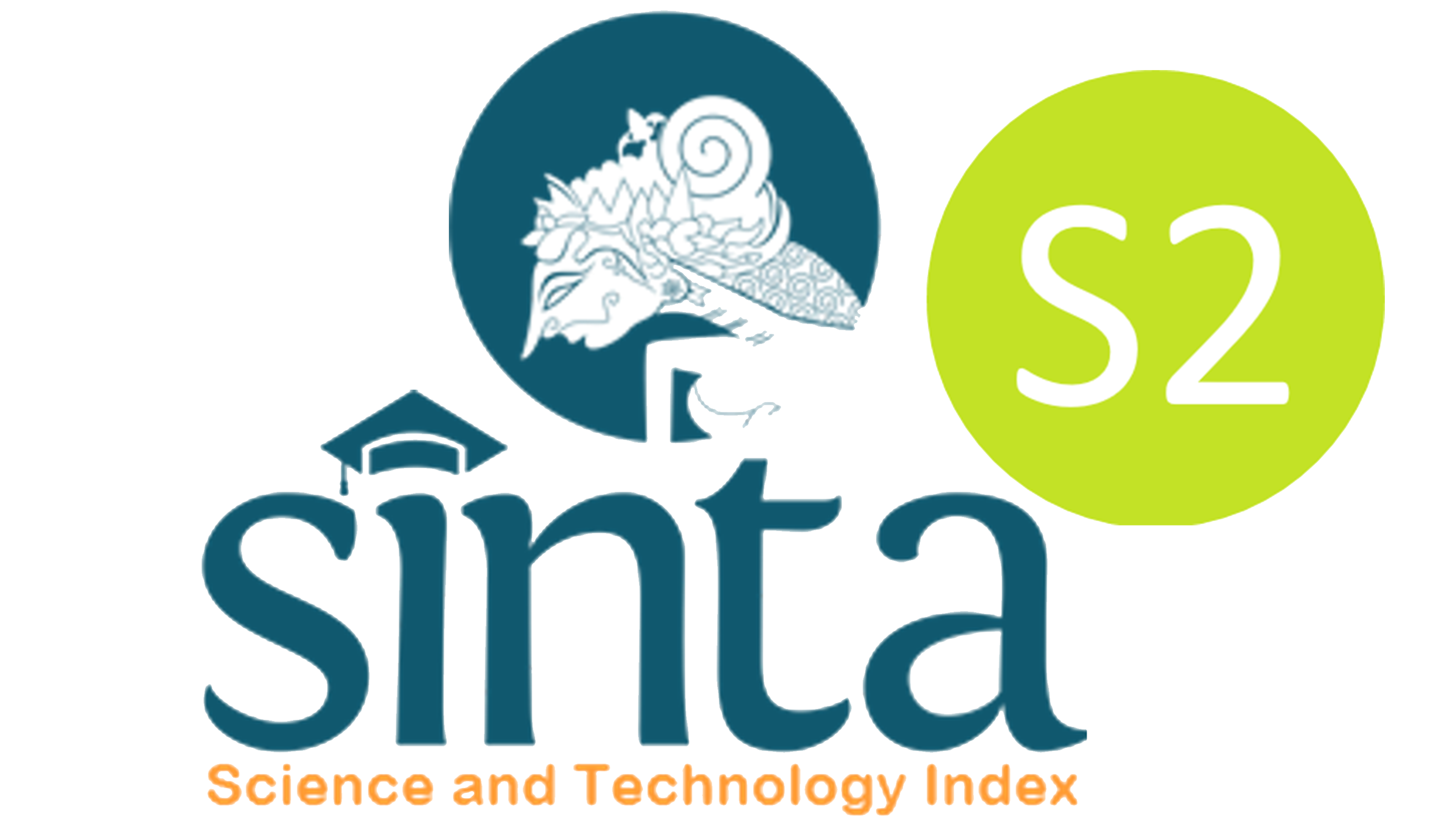EFFECT OF GAMMA IRRADIATION ON PHYTOCHEMICAL CONTENT AND ANTICANCER ACTIVITIES OF ROSELLE (Hibiscus sabdariffa Linn)
DOI: http://dx.doi.org/10.17146/jstni.2023.24.1.6846
Abstract
Gamma irradiation is widely used in herbal medicine industries as an efficient preservative method in reducing microorganism contaminants. The aim of this study was to evaluate the effect of gamma irradiation at the doses of 5; 7.5; and 10 kGy on H. sabdariffa ethanolic extract (HS-EE). The Co-60 was used for irradiation the samples. The phytochemical content of HS-EE was carried out by total microorganism analysis using dilution method, TPC by Follin-Cicalteu method, TFC by aluminium chloride colorimetric method, antioxidant activity using DPPH method, TLC profiling on silica gel F254, in vitro anticancer activity using A-549, HUT-78, and MCF-7 cancer cell lines. The irradiation at 10 kGy caused the total bacteria decreased, while dose of 5 kGy could eliminate the total mold. Irradiation at 5 kGy caused TPC, TFC, and antioxidant activity decreased by 5-11%. TLC chromatograms analysis confirmed that one of the compounds contained in HS-EE was quercetin. The HS-EE has the strongest anticancer property against HUT-78 (IC50 10.51 µg/mL) followed by against MCF-7 (IC50 13.39 µg/mL), and A-549 (IC50 14.19 µg/mL). It can be concluded that irradiation at a dose of 10 kGy could remove total bacteria and molds, decreasing the phytochemical content and anticancer activities of HS-EE. It is recommended to increase the active ingredient level in the formulation.
Keywords
Full Text:
PDFRefbacks
- There are currently no refbacks.
Copyright (c) 2023 Susanto Susanto, Endang Saepudin, Hendig Winarno, Ermin Katrin Winarno, deudeu lasmawati

This work is licensed under a Creative Commons Attribution-NonCommercial-ShareAlike 4.0 International License.
JSTNI index in:





 .
.





